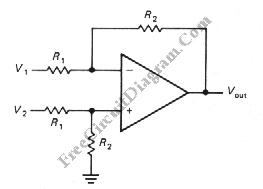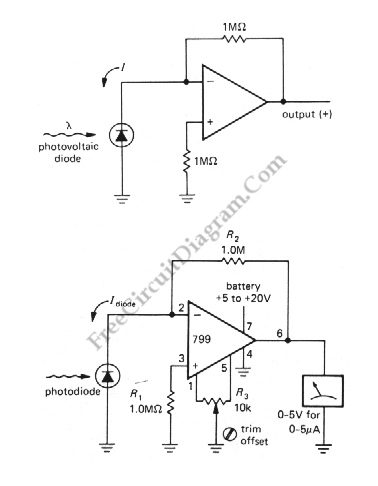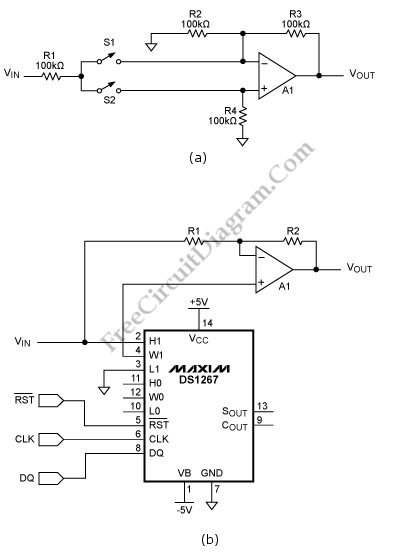Summing Amplifier with Op-Amp

One of inverting amplifier application is for summing several electric signals. The output of this circuit produce the sums of the input voltages. We can use both positive or negative voltage for the inputs. The input resistors doesn’t have to be same values. The input can be expanded to several digits. Since the point X is a virtual ground, the […]
Read more




